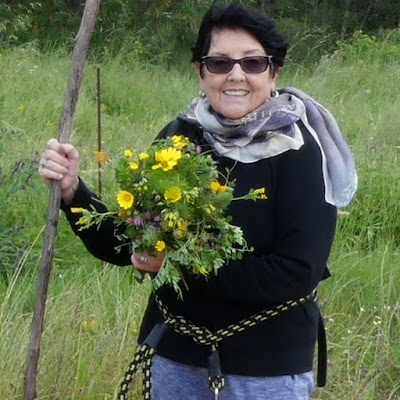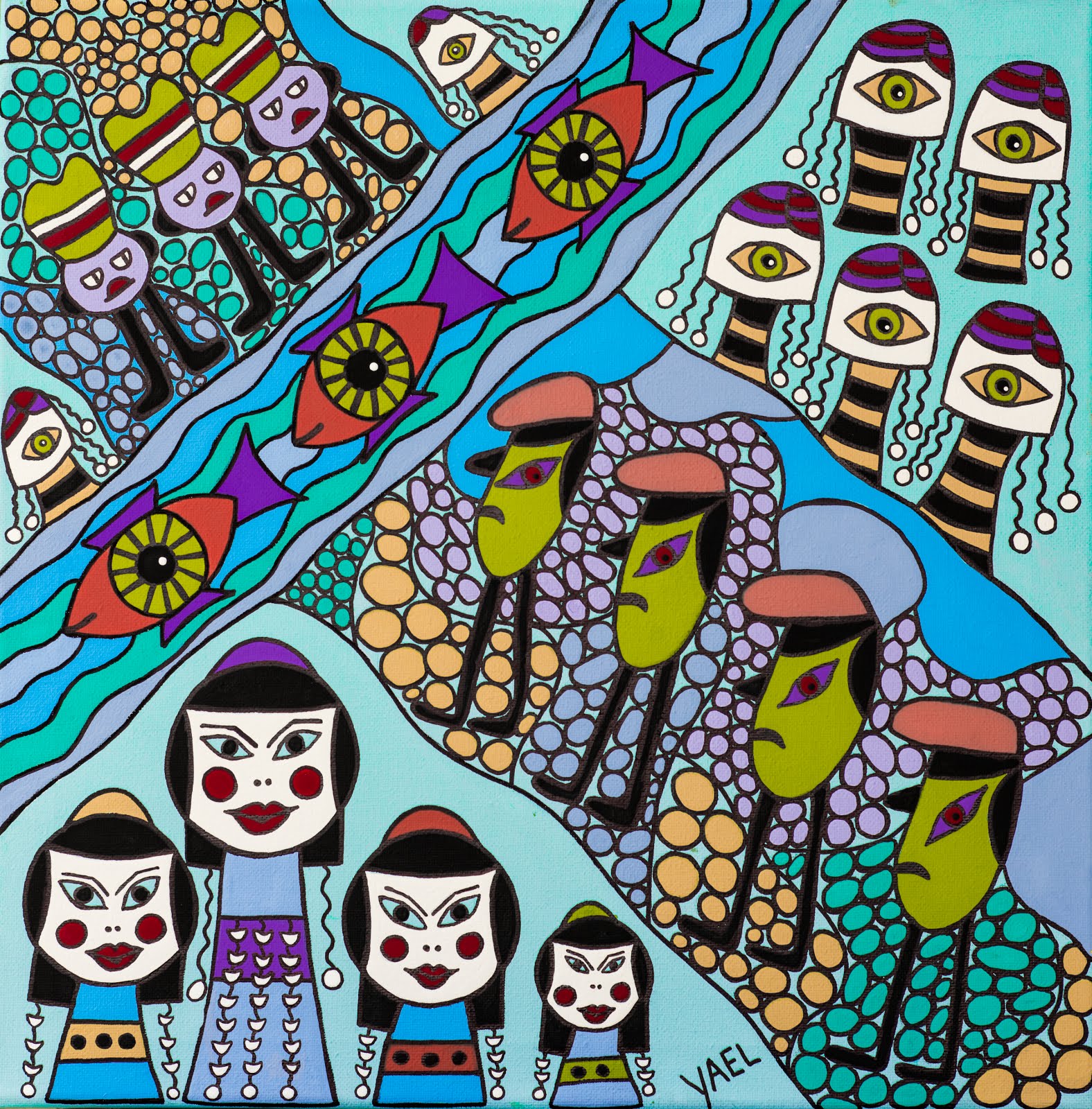Apollonia (Hebrew אפולוניה), also known as Arsur, was an ancient community and later Crusader city and Crusader fortress, to be found in present-day Israel, about 15 kilometers north of Tel Aviv. The archeological site (Tel Arshaf, תֵּל אַרְשָׁף, also Apollonia-Arsuf אַפּוֹלוֹנְיָה-אַרְסוּף) today belongs to the municipality Herzlia and is a national park.
Apollonia is located on a cliff that stretches the lengths of the Sharon coast. With people settling on the top of the cliff about 2500 years ago began the fascinating history of Apollonia.
A remnant of the outer fortification of the crusader fortress
 Visiting there on a glorious spring day three weeks ago was an unforgettable event. The flora at the park is very rich, even though the plants have to battle strong winds with salty spray from the sea, and endure the brittle, with sand covered lime stone of the ridge. East of Apollonia there was once a forest of oak trees. In the Crusader period and through the Ottoman era the wood was harvested for construction and fuel and today no remains are left in the region of Apollonia.
Visiting there on a glorious spring day three weeks ago was an unforgettable event. The flora at the park is very rich, even though the plants have to battle strong winds with salty spray from the sea, and endure the brittle, with sand covered lime stone of the ridge. East of Apollonia there was once a forest of oak trees. In the Crusader period and through the Ottoman era the wood was harvested for construction and fuel and today no remains are left in the region of Apollonia.The remains of the fortress
Apollonia was settled by the Phoenicians, who called the place Arshaf, after one of their gods, the war god Reshef. For their commerce they used the abundance of murex mollusks snails on the shore to make purple dye for robes and clothes. They traded the Tyrian dye, which was very expensive and could only be afforded by the wealthy, thus providing the Phoenicians with a good livelihood. Then there was the Hellenistic period, in which the residents identified Reshef with their own god Apollo and renamed the city Apollonia. The Romans followed, and under their regime Apollonia flourished and became a real city.
In the Byzantine era, during the 5th-6th centuries, the city was known as Sozousa and was populated by Christians and Samaritans. It had a church and a glass making industry, as well as wine and olive oil industries. It also had complex water channels and cisterns.
Later, during the early Islamic period the city was ruled by the Muslims, who gave it back the name Arsuf (Arshaf) and surrounded it by a wall.
When in the 11th century CE Jerusalem fell to the Crusaders their attention also focused on Apollonia. King Baldwin conquered it, and it was called Arsour. They strengthened the walls and dug a mount around them. In 1241 CE a fortress was built. But shortly after, in 1265 CE Arsour was attacked by the Mameluke Sultan Baibar and the crusaders surrendered. Baibar forced them to destroy and burn the fortress. It was never again inhabited.
Many pits and cisterns
Ballista
This is really only a very short and brief historical account of that interesting ancient place. Its location on the cliff high above the sea under a wide open sky presents gorgeous views. It is very easy and enjoyable to walk the paths and the outlooks are truly breathtaking.
The site was overflowing with flowers of many different kind.
All photographs by my husband Uri Eshkar.





































































